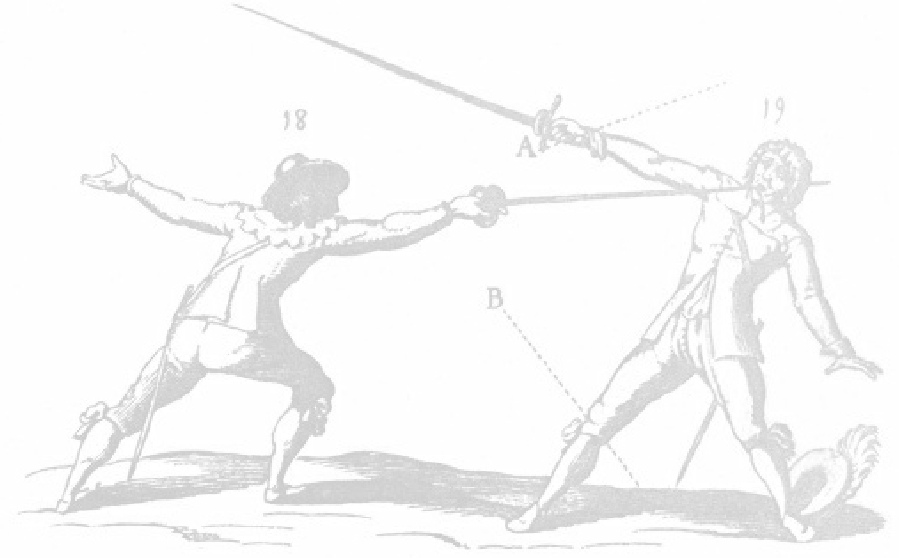


The Good, the Bad and the other one…
Or, how to lose a swordfight with style…
When formally practising or demonstrating any set technique (as opposed to freeplay), there has to be a winner, who does the technique correctly and a loser, who gives the correct opening for the technique or who launches the unsuccessful attack that is parried (and possible hit during a counter).
In most fencing treatises, these roles have set names or means of identification. In Thibault, the winner is Alexander, who always beats Zachary; In Fabris, "our fencer" defeats "his enemy"; In Alfieri, the fighters are simple referred to by number; In Marozzo, you win, your enemy loses. In addition, we can refer to the agent, who makes the first action and the patient, who waits for his opponent to move first. In the rest of this text, I will use Alfieri's convention, gentleman I and gentleman II. Of course, gentleman I, won!
Each technique only works in a certain context, so the role of the gentleman II is very important to allow the other person to practise. Gentleman II must provide enough challenge that his partner has to perform the techniques correctly, but cannot take advantage of the fact the he knows what is coming to defend himself. The imagined situation must be real enough that there is a clear reason why gentleman I gains the advantage and not just that gentleman II is letting himself be hit.
These roles are especially important in Marozzo, where the techniques are put together in a sequence to form a play. The role of gentleman I is usually well defined, as they are the actual techniques being taught. However, gentleman II's actions are less clear. The key attacks are given, but not what to do when gentleman I attacks back.
Therefore, the question is "how can we create a realistic set of actions for gentleman II, that keep the flow of the play but ultimately lead to gentleman I winning?"
To do this, I want to examine the motivations of our two fighters and look at the
play as a whole fight. Indeed, I want to think of the play as exactly that -
So let us examine the characters for our play.
Watch any sword-
Our first character is a Rookie. He has huge energy and desire to fight, but limited
skill. Examples for the good guys might be a young D'Artangnan, a young Obi-
(c) The School of the Sword 2009 : The School of the Sword is a Western Martial Arts school providing lessons in sword fighting and Historical European martial arts in Berkshire/Surrey UK